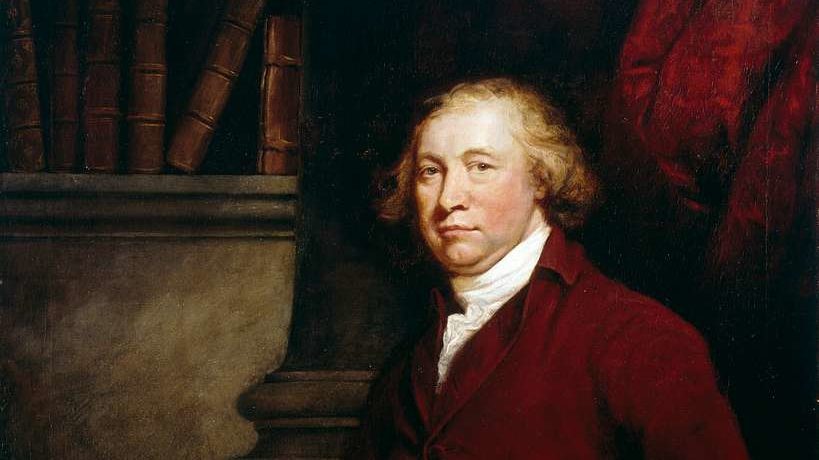
Strong Growth Outlook for Hungarian Economy
Hungarian inflation is expected to top out at 11% later in the year, with central-bank interest rates in the 7.5-8.5% bracket.

Hungarian inflation is expected to top out at 11% later in the year, with central-bank interest rates in the 7.5-8.5% bracket.

A new debt crisis looks unavoidable. There is practically no interest in fiscal reforms across Europe, leaving the continent vulnerable to a destructive downward spiral of rising interest rates and structural budget deficits.

In this massive study, Gregory Collins is able to smoothly blend Burke’s economic thought with his thoughts on politics and human nature.

In practice, the merger between mainstream Keynesian economics and welfare-state policy was exactly what drove most of Europe into its current state of stagnation.

While the U.S. has its economic problems, the runaway government debt being an ominous example, its unending reliance on domestic spending for domestic prosperity is a winning recipe over time.

In its press release, the ECB reports that bank credit to euro-area residents grew at 5.9% in March.

While short-term adjustments in spending can boost government efficiency and eliminate wasteful programs, a permanent solution to economic stagnation and unending budget deficits must focus on the ideological core of the welfare state.

On an annual basis, three countries exceeded 50% producer-price inflation: Ireland (63.4%), Romania (57.7%), and Denmark (53.8%). At 6.2%, Malta had the lowest in

Hungarian Prime Minister Viktor Orbán—refusing to adopt policies that run counter to the interests of the Hungarian people—has agreed to pay Moscow in rubles for gas imports.

European inflation is now at U.S. levels and all euro-zone member states except Malta now have annual inflation rates above 5%.